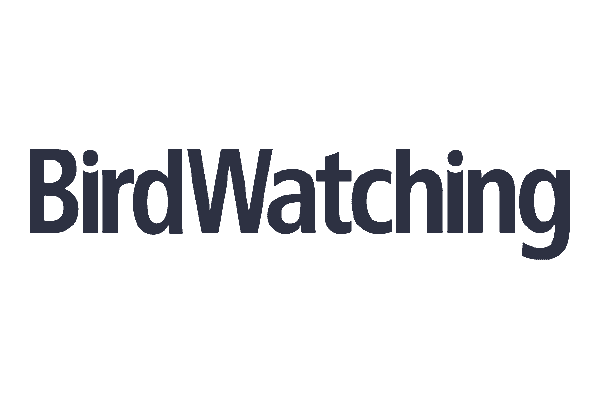
Caspian Plover
Charadrius asiaticus
The Caspian plover, a member of the plover family, is a wader that exhibits a certain elegance in its form. It is slightly larger than the ringed plover, with a slimmer build and longer legs, which lend it a distinguished appearance. The summer male is particularly striking with a grey-brown back, a white face and belly, and a chestnut breast bordered in black. Females and non-breeding males are less vivid, with a grey-brown breast band that may show a hint of chestnut in summer females.
Identification Tips
When observing the Caspian plover, look for its strong white supercilium and long, thin bill, which set it apart from the greater and lesser sandplovers. Unlike its relatives, it does not have white tail sides or a pronounced wing bar. The sharp "chip" of its call is another distinctive feature to aid identification.
Habitat
The Caspian plover favors the steppes, desert fringes, and saltpans with sparse shrubby vegetation. It is comfortable in saline soils and can be found at altitudes up to 800 meters.
Distribution
Breeding in western and central Asia, the Caspian plover's range spans from southern Russia to Turkey, Iran, Turkmenistan, Kazakhstan, Uzbekistan, and Afghanistan. To avoid the northern winter, it migrates to eastern and southern Africa, reaching as far as the Zambezi River. Its wintering grounds typically include dry grasslands, coastal dunes, saltmarshes, and occasionally cultivated lands. This species is a rare vagrant to western Europe and Australia.
Behaviour
The Caspian plover breeds in loose colonies on open grasslands, laying three eggs in a ground nest or among short vegetation. It is a sociable bird, often seen in flocks during migration and in its wintering areas.
Diet and Feeding
This plover forages like its relatives, picking off beetles, termites, ants, grasshoppers, small snails, and other invertebrates mainly from the ground. It also consumes grass seeds when available.
Conservation status
The Caspian plover is classified as Least Concern by the IUCN, despite a potential slow decline due to habitat degradation in its breeding range. Its broad distribution and the current rate of decline do not warrant a more threatened category. It is protected under the Agreement on the Conservation of African-Eurasian Migratory Waterbirds (AEWA).
































































